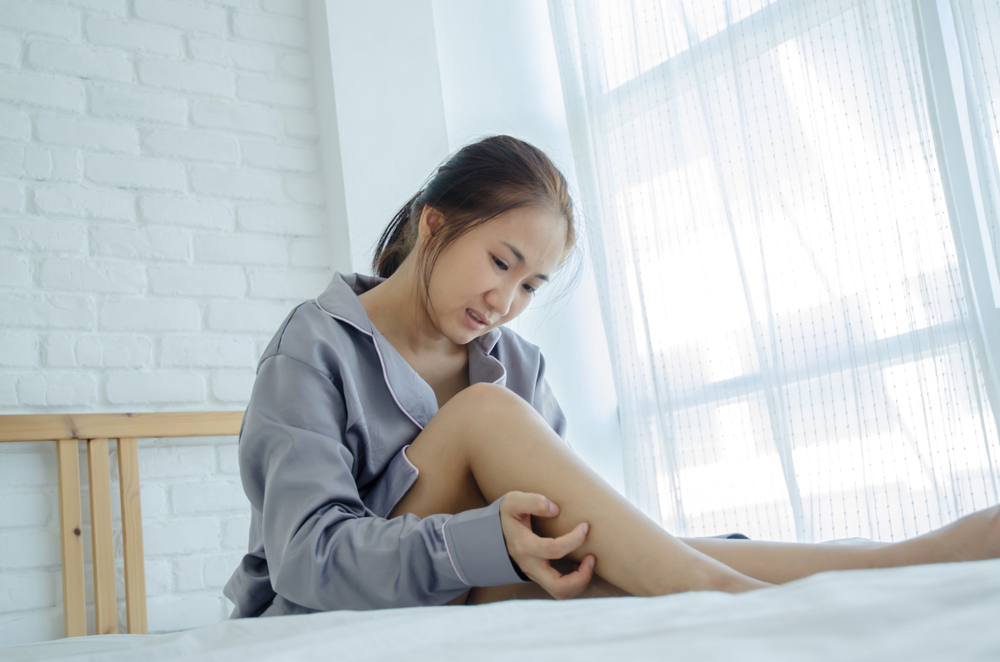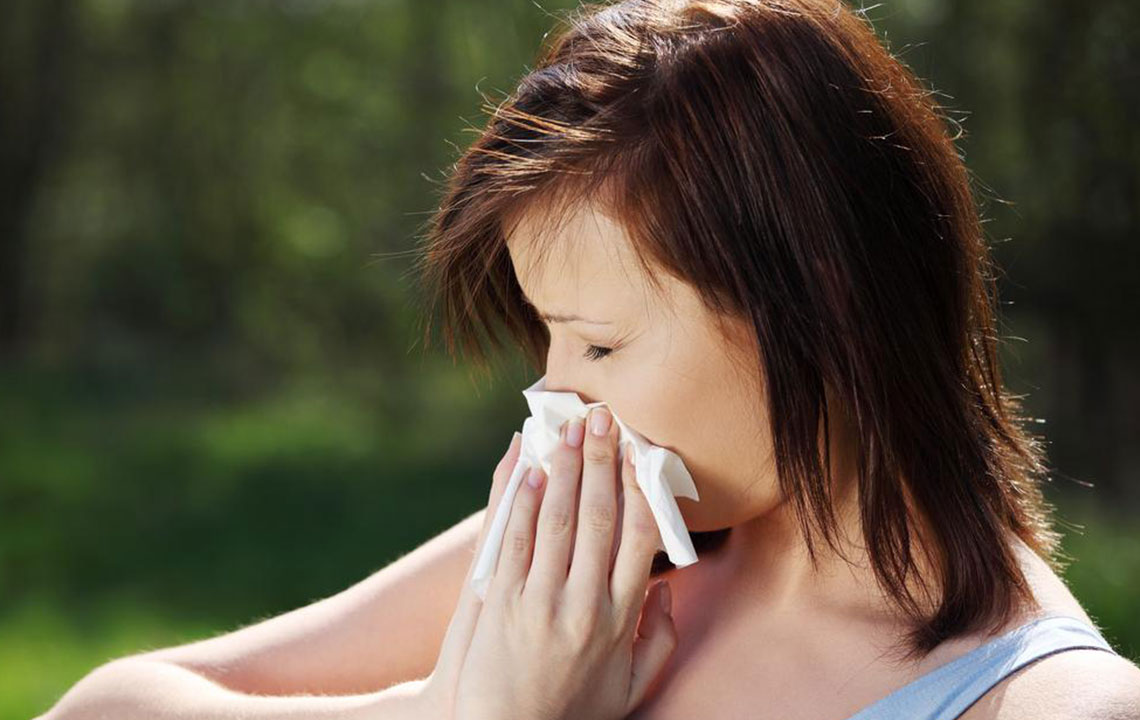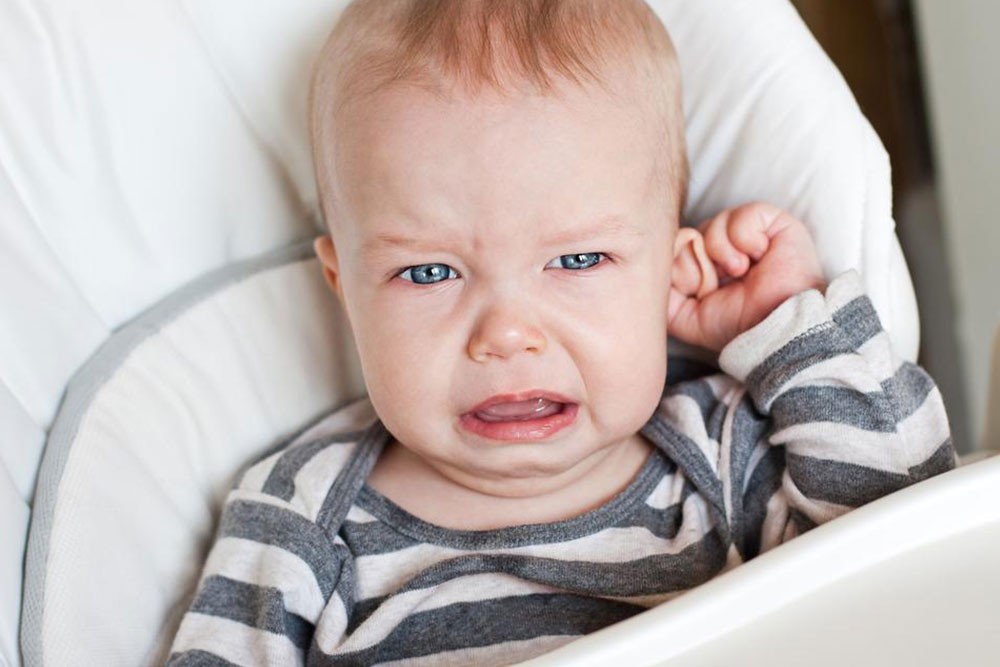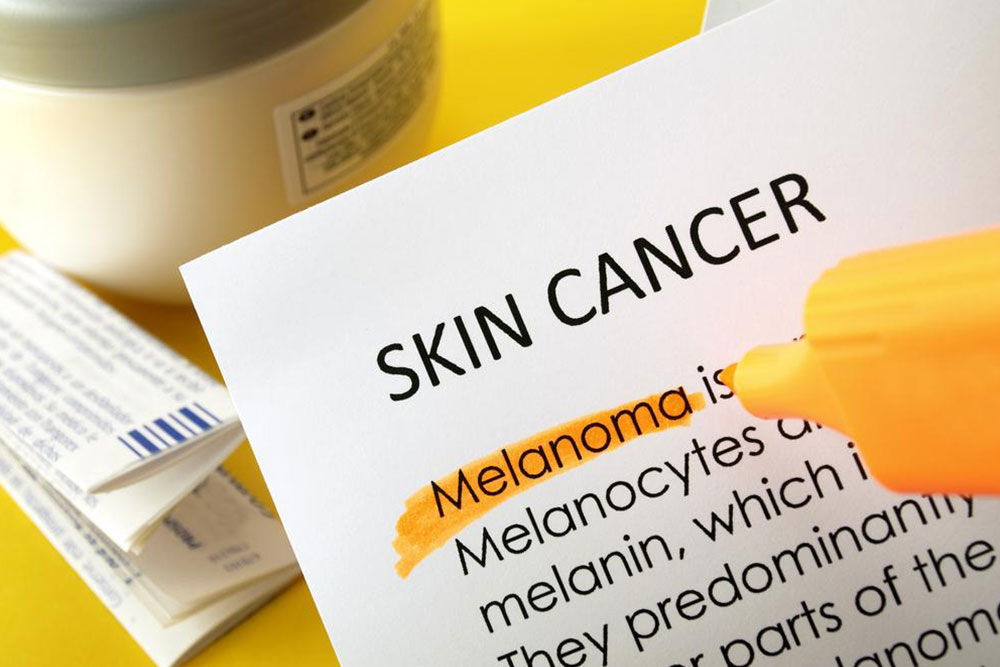Recognizing Mold Allergy Signs in Babies
This article outlines key signs of mold allergy in infants, including respiratory issues, skin rashes, and eye irritations. It emphasizes early recognition and preventive measures to protect children from mold exposure. Understanding these symptoms helps parents seek timely medical advice, ensuring better health outcomes for their kids.
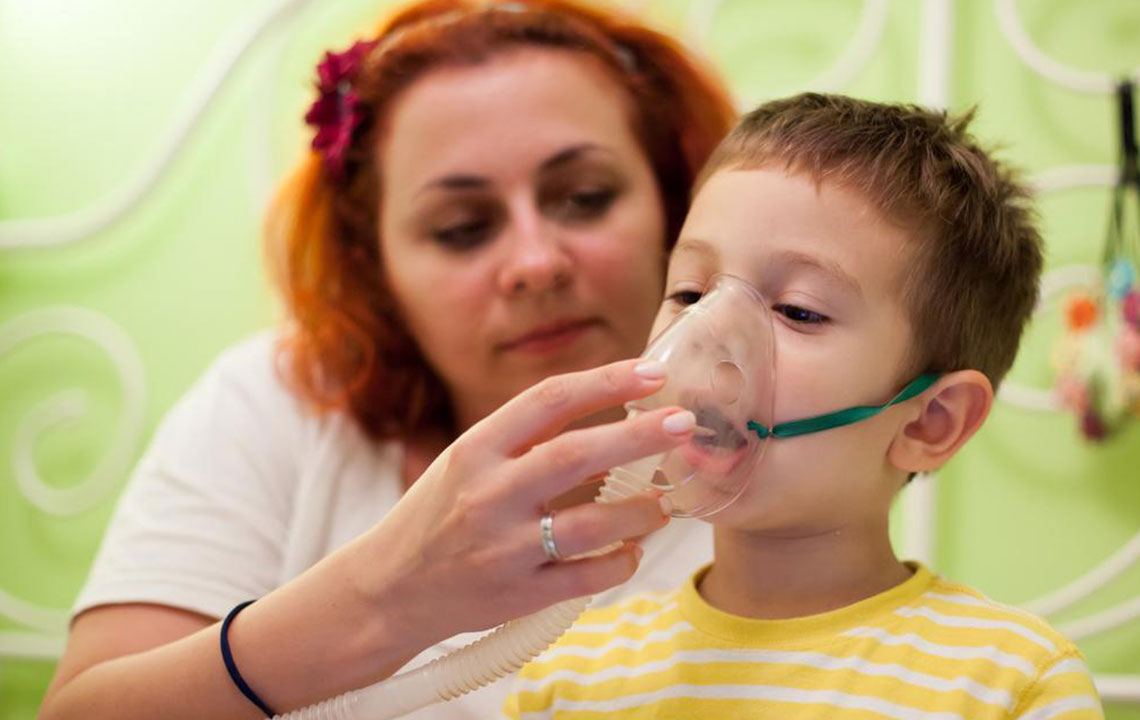
Recognizing Mold Allergy Signs in Babies
Mold growth in your home poses serious health risks for infants. It spreads through tiny airborne spores that settle in damp, warm areas, making it easy for mold to flourish unnoticed. Since mold is common and readily available, exposure is a real concern. Many parents mistake mold allergy symptoms for common colds, delaying crucial interventions. If your baby spends time in mold-prone environments, they might develop allergies and other health issues. Early awareness of these signs can help prevent serious complications.
To protect your little one, familiarize yourself with common mold allergy symptoms. Below are key indicators every parent should recognize.
Irritation Symptoms
Children exposed to black mold may experience nervous system and mucous membrane irritations. Nosebleeds, persistent coughing, and dizziness are common reactions to mold exposure.
Breathing Difficulties
If inhaling mold spores, infants might face symptoms like a runny nose, cough, sore throat, or wheezing. Since these mimic seasonal allergies, consulting a doctor is critical for proper diagnosis.
Skin Reactions
Contact with mold spores can cause irritation, itching, and rashes on your child's skin.
Eye Problems
Exposure to black mold can lead to irritated, watery, and red eyes, along with soreness and inflammation.
Preventative measures are essential. Fix leaks promptly, control humidity levels, and keep windows closed during humid weather to reduce mold growth and safeguard your child's health.

